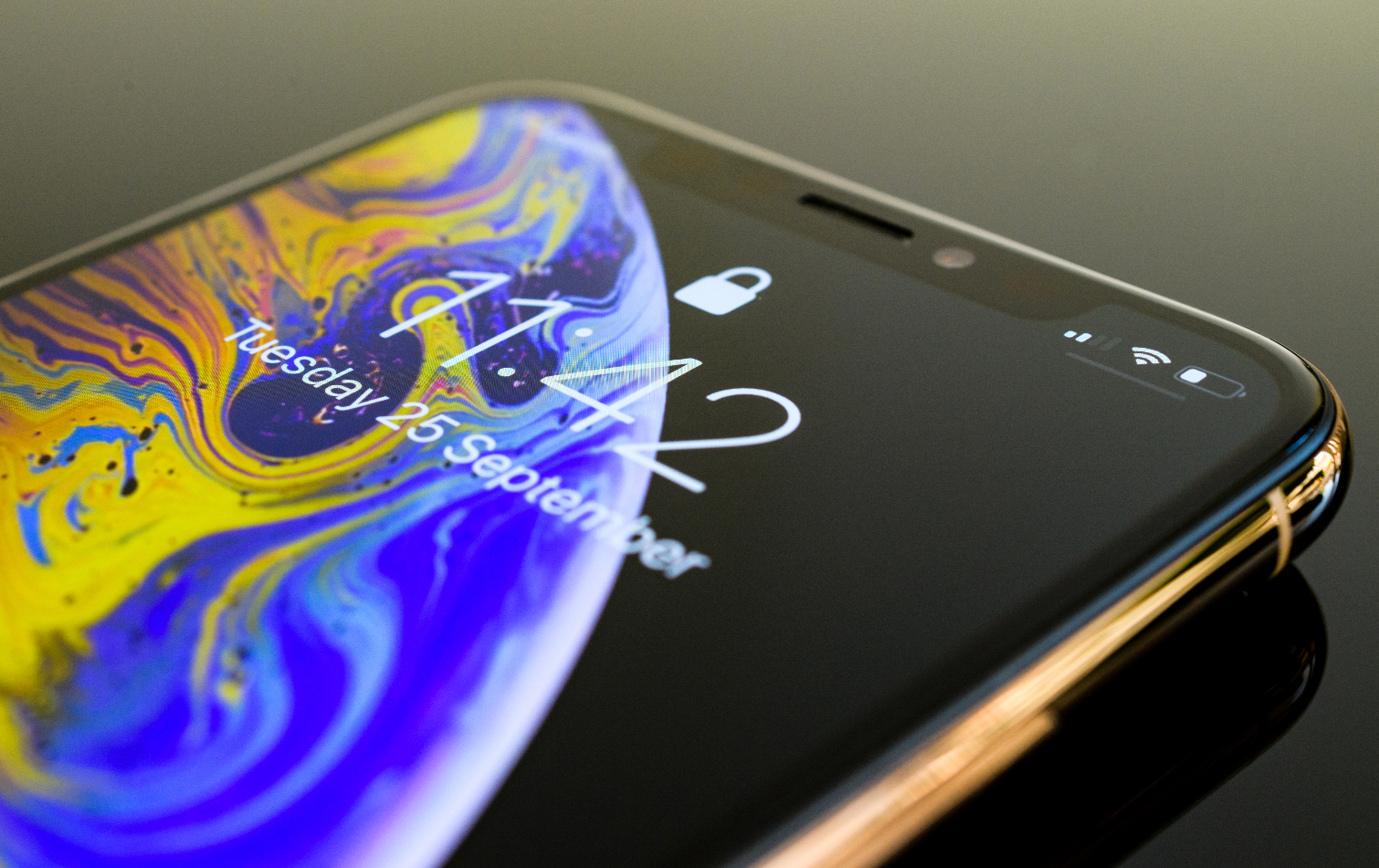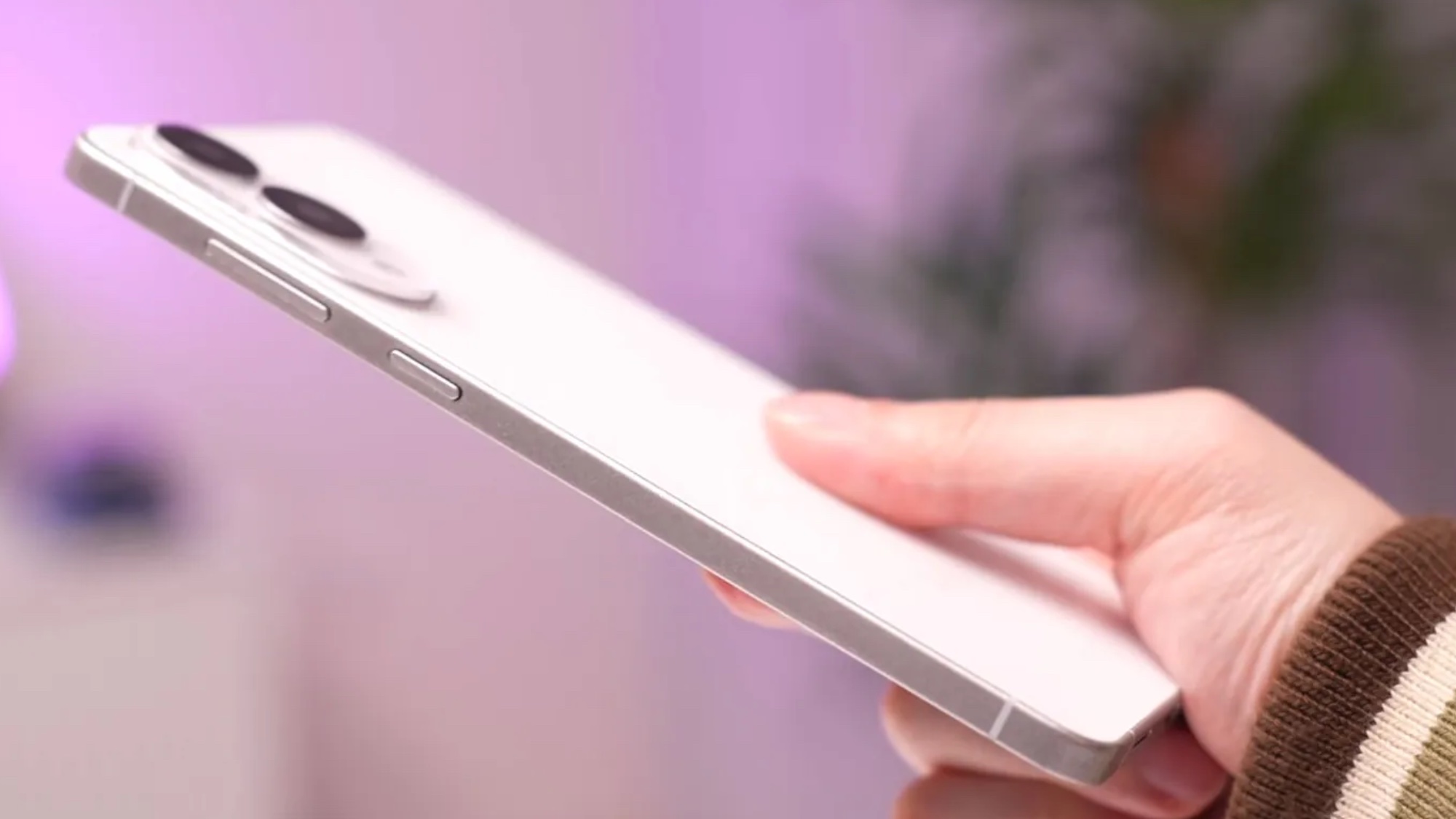iPhone Sales Drop 15 Percent: So What Now?
As Apple warned earlier this month, sales for iPhones were below expectations for the holiday quarter. Apple explains how sales fell and looks ahead to the rest of 2019.
For a company that just saw revenue from its most important business segment nose-dive by $9 billion dollars during its most important quarter, Apple looked to strike an optimistic note about its outlook when announcing its holiday quarter earnings today (Jan. 29).
But is Apple falling victim to its own famed reality distortion field?

Certainly, iPhone sales for the three months ended Dec. 29, 2019 look as grim as when Apple warned that phone sales had slowed down earlier this month. Apple reported just under $52 billion in revenue from its iPhone business, a 15 percent drop from the year-ago quarter. With iPhones accounting for more than 60 percent of Apple's business, it's easy to understand how Apple's overall sales were down 5 percent from last year to $84.3 billion.
MORE: iPhone 11 Rumors - Release Date, Leaks, Specs and More
Despite all that, CEO Tim Cook looked to put the best possible spin on Apple's results, noting the company saw record highs in revenue for its Mac and wearables business. iPad revenue was up 17 percent for the quarter, the best rate for its tablets in six years. And revenue from services — an increasing area of focus for Apple — topped $10.8 billion during the holiday quarter, a 19 percent gain from last year.
"We are as confident as ever in the fundamental strength of our business, and we have an exciting pipeline with announcements coming later this year," Cook told Wall Street analysts during a conference call today. "We’re not taking our foot off the gas."
Reasons for the iPhone slump
Sign up to get the BEST of Tom's Guide direct to your inbox.
Get instant access to breaking news, the hottest reviews, great deals and helpful tips.
Those iPhone sales numbers are going to stick out, though, particularly since Apple stopped breaking out unit sales. And Cook outlined the reasons why Apple's phone sales took a big hit during the quarter.
Currency exchange rates were a big culprit, particularly with Apple's China business. According to Cook, the strength of the U.S. dollar made Apple's phones more expensive, hurting sales in emerging markets.
Apple was also stung by reduced subsidies from carriers that offset the cost of upgrading to a new iPhone in many markets. In Japan, for example, less than half the iPhones Apple sold during the quarter were subsidized by carriers, Cook said, compared to three-quarters of iPhones sold a year ago. Subsidies were also less than they have been in the past, according to Apple, further depressing sales.
MORE: iPhone XS vs iPhone XS Max vs iPhone XR
Even in the U.S., where carrier subsidies for phones have been non-existent for several years, that's having an impact on iPhone upgrades, Cook said. "If you're a customer whose last purchase was an iPhone 6s, you have paid $199," he said. "Now, in an unbundled world, it's much more than that."
Apple also confirmed that its battery replacement program that let people pay $29 to upgrade their existing iPhone's battery also hurt sales. Instead of upgrading to a new iPhone during the quarter, current iPhone users opted for a less expensive battery replacement that would let them hold onto their older iPhone longer.
There's some good news in that for Apple, Cook pointed out. The company's active installed base ended 2018 at an all-time high, with 1.4 billion devices. That's up 100 million devices from where Apple started the year. And all those active users are spending money on things like Apple Pay, iTunes, the App Store and elsewhere, boosting Apple's service revenue.
"We're very happy not only with the growth but the breadth of our services revenue," Cook said.
But that optimistic outlook can only take Apple so far. In guidance for the current March quarter, Apple told analysts to expect $55 billion to $59 billion in revenue. That would be a drop-off from the $61.1 billion of revenue Apple reported for its March 2018 quarter.
How Apple reacts
Apple can take some comfort that other business segments are picking up some of the slack from the iPhone sales slump. But smartphones remain the engine driving Apple's business at the moment, and the company's going to have to find ways to turn that segment around.
Don't expect Apple to lay the blame on lackluster upgrades, at least not publicly. Despite lower than expected sales of the iPhone XS, XS Max and XR, Cook hailed those 2018 phones as "by far the best iPhones we've ever shipped."
MORE: iPhone 11 Will Kill Lightning for USB-C
Instead, Apple seemed to hint that it's going to get creative with how customers can pay for their phones. As iPhone sales failed to reach Apple's expectations during the holidays, the company turned to trade-in programs aimed at helping reduce the upfront cost of the iPhone. From the way Cook spoke during today's call, that sounds like a program will keep in place going froward.
Cook also said that Apple has made moves aimed at making it easier to buy your iPhone in installments. It plans to roll out those efforts to more countries.
While Apple no longer breaks out iPhone sales figures, chief financial officer Luca Maestri told analysts during the call that the iPhone XR was the most popular of Apple's iPhones during the quarter, followed by the iPhone XS Max. While Apple didn't comment on how that might impact its future iPhone strategy, those results might suggest there's a demand for both lower-priced iPhones as well as models with bigger screens that deliver more features.
Philip Michaels is a Managing Editor at Tom's Guide. He's been covering personal technology since 1999 and was in the building when Steve Jobs showed off the iPhone for the first time. He's been evaluating smartphones since that first iPhone debuted in 2007, and he's been following phone carriers and smartphone plans since 2015. He has strong opinions about Apple, the Oakland Athletics, old movies and proper butchery techniques. Follow him at @PhilipMichaels.

